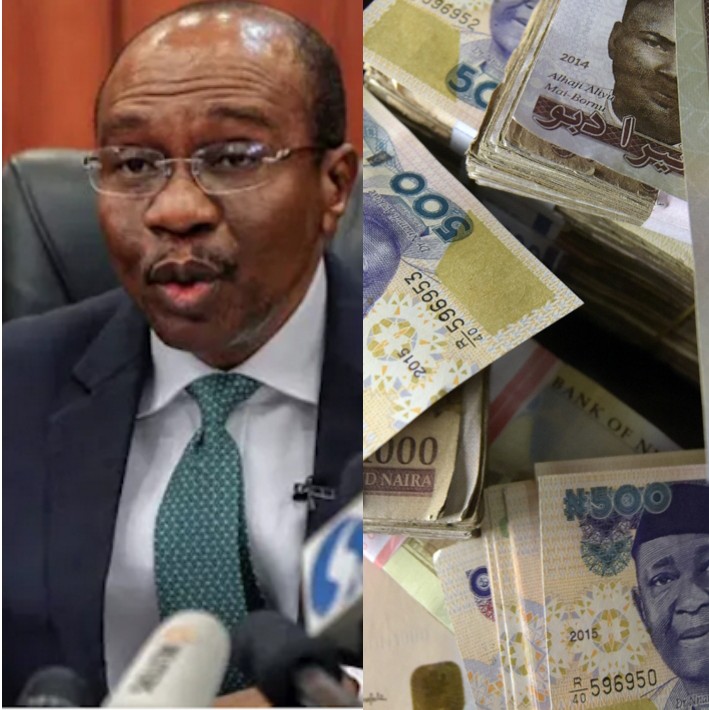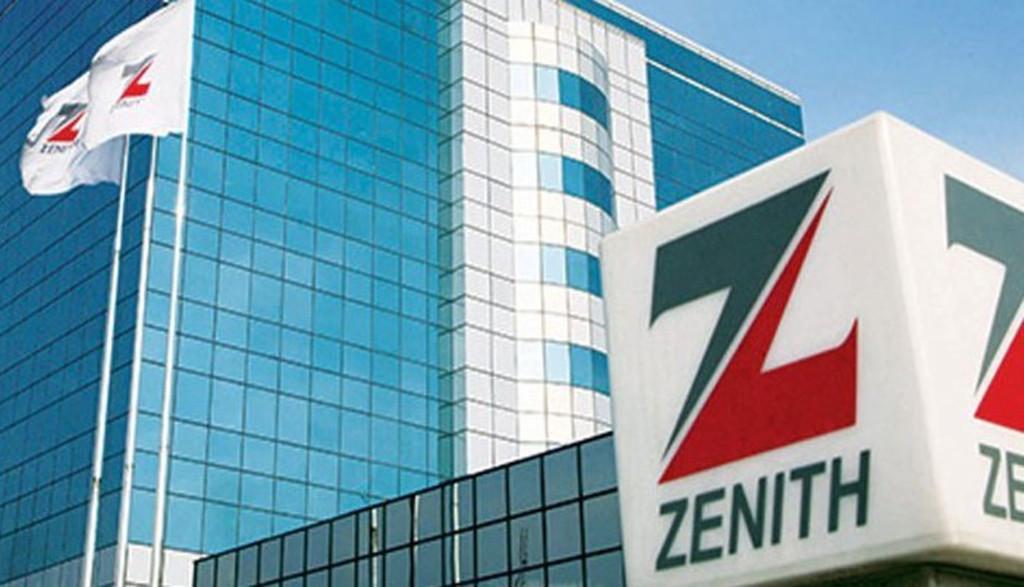The Central Bank of Nigeria (CBN) has revealed that the currency in circulation increased by N701.4 billion within one month.
According to the central bank’s money and credit statistics, the currency in circulation rose to N1.6 trillion in March 2023, from N982.09 billion reported for the period of February.
Join our WhatsApp ChannelPrime Business Africa understands that the rise in currency in circulation is fueled by the reintroduction of the old N200, N500 and N1,000 banknotes.
Recall that the Supreme Court had ruled that the old Naira notes remain legal till 31 December 2023 after the CBN phased them out on 10 February.
The CBN phased out the old Naira notes to reduce the currency in circulation, stating that it contributes to the soaring inflation and hoarding of the Naira.
Nigeria’s financial regulator also stated that the old banknotes need to be replaced with redesigned Naira notes which were released in December 2022 to curtail kidnapping and other illegal activities.
But the decision to phase out the old currencies was contested by State Governors in the Supreme Court, and a final judgement was given on 3 March, directing the CBN to release the old banknotes in its vault.
This has led to an increase in currency circulation, which was above N3 trillion in October 2022, before the Godwin Emefiele-led CBN initiated the Naira redesign policy, which led to a decline in cash in circulation until it began to rise again in March.
CBN said cash continues to dominate the economy. The central bank has been looking to replace cash transactions with digital transactions to also reduce the cost of printing Naira, as the more people hoard the local currency, the more cash the CBN has to print.
“The growth in CIC reflected the continued dominance of cash in the economy,” CBN said, adding, “The higher denomination banknotes together accounted for 63.47 percent and 98.08 percent of the total CIC, in terms of volume and value, respectively.
“The volume of lower denomination banknotes (N5, N10, N20, N50), accounted for 28.43 percent of the total CIC and 1.92 percent, in terms of value as at end-December 2020.”

















Follow Us